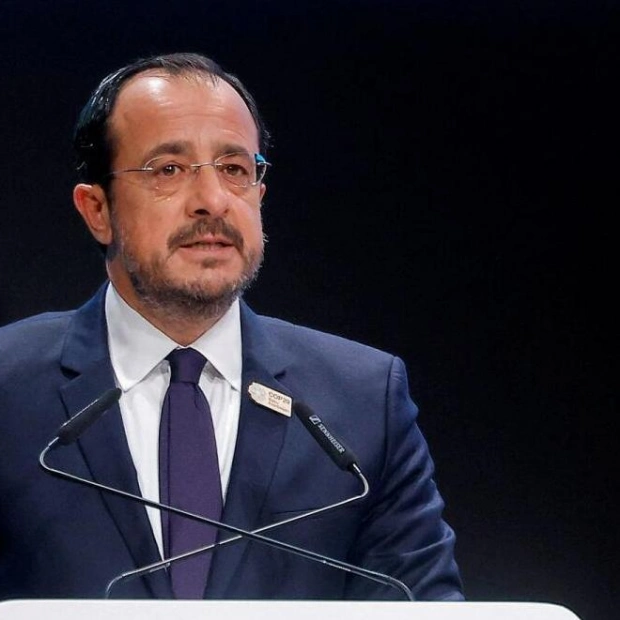One of the most significant challenges in paying off debt is resisting the urge to accumulate new debt. In today's financial environment, debt has become a prevalent reality for many individuals. From student loans and credit card debt to mortgages and personal loans, managing debt can feel overwhelming. For those striving to regain control over their finances and achieve a debt-free lifestyle, paying off loans faster can be a crucial step toward financial independence. The good news is that with the right strategies and a disciplined approach, you can expedite your debt repayment journey and alleviate financial stress.
The first step in any successful debt repayment strategy is gaining a clear understanding of your debt obligations. List all your outstanding debts, including the type (e.g., credit card, mortgage, student loan), interest rates, minimum monthly payments, and remaining balance. Having a comprehensive overview of your debt situation will enable you to prioritize repayment and make informed decisions.
To speed up the process, focus on prioritizing high-interest debts first. Known as the avalanche method, this approach involves allocating extra funds to the debt with the highest interest rate while making minimum payments on the others. Once the highest-interest debt is paid off, move on to the next. This can save you a substantial amount in interest over time and help you pay off your debt faster.
If you find motivation in seeing quick progress, the snowball method might be a better fit. This strategy involves paying off the smallest debt first while making minimum payments on other debts. Once the smallest debt is eliminated, you then roll those payments toward the next smallest balance. The snowball effect can provide a sense of accomplishment as you watch your debts disappear one by one, boosting your confidence and encouraging you to keep going.
Creating a realistic budget is a cornerstone of any successful debt repayment strategy. Review your monthly income and expenses, identify areas where you can cut back, and direct those savings toward your debt. By limiting discretionary spending, such as dining out, entertainment, or shopping, you can free up funds to accelerate your repayment.
Debt consolidation involves combining multiple debts into a single loan with a lower interest rate, which can simplify repayment and potentially save you money. For example, if you have multiple credit card balances with high-interest rates, transferring them to a low-interest personal loan or balance transfer card can reduce the amount of interest you pay over time.
Switching from monthly to biweekly payments can make a significant difference in paying off your loans faster. By making half your monthly payment every two weeks, you end up making an additional payment each year. This small adjustment reduces the principal balance more quickly, which can lead to lower interest charges and faster repayment.
Refinancing can be a powerful tool for reducing interest payments and accelerating debt repayment. By replacing a high-interest loan with a new loan at a lower rate, you can reduce the overall cost of borrowing. This is especially effective for loans like mortgages and student loans, where interest can add up substantially over time.
Missed or late payments can lead to penalties, increased interest rates, and a lower credit score — all of which can set you back on your debt repayment journey. Setting up automatic payments ensures that you never miss a due date, helping you stay on track with your repayment plan and avoid unnecessary fees.
One of the biggest challenges in paying off debt is avoiding the temptation to accumulate new debt. Limiting your use of credit cards, delaying large purchases, and sticking to a cash-only approach where possible can help you stay focused on reducing existing debt rather than adding to it.
Source link: https://www.khaleejtimes.com






